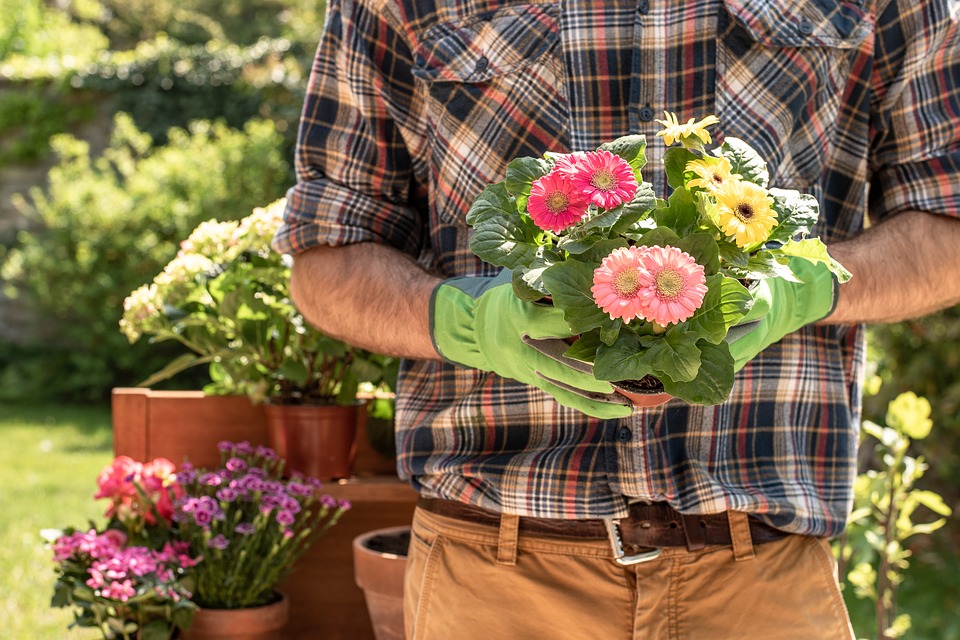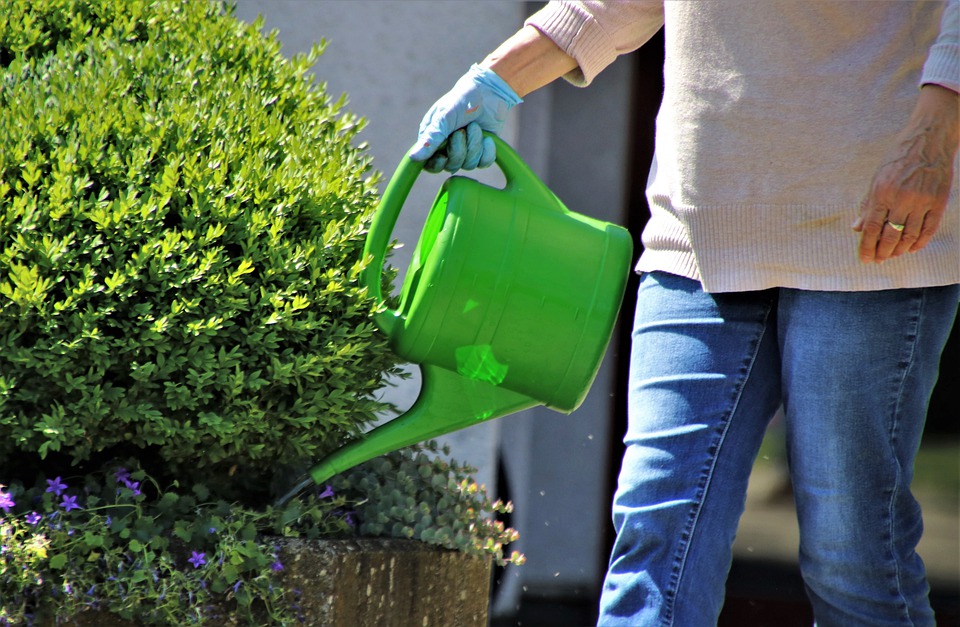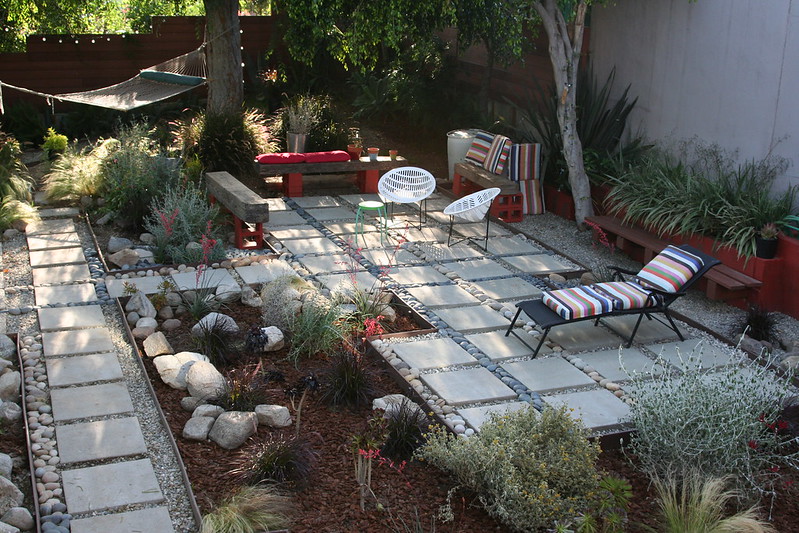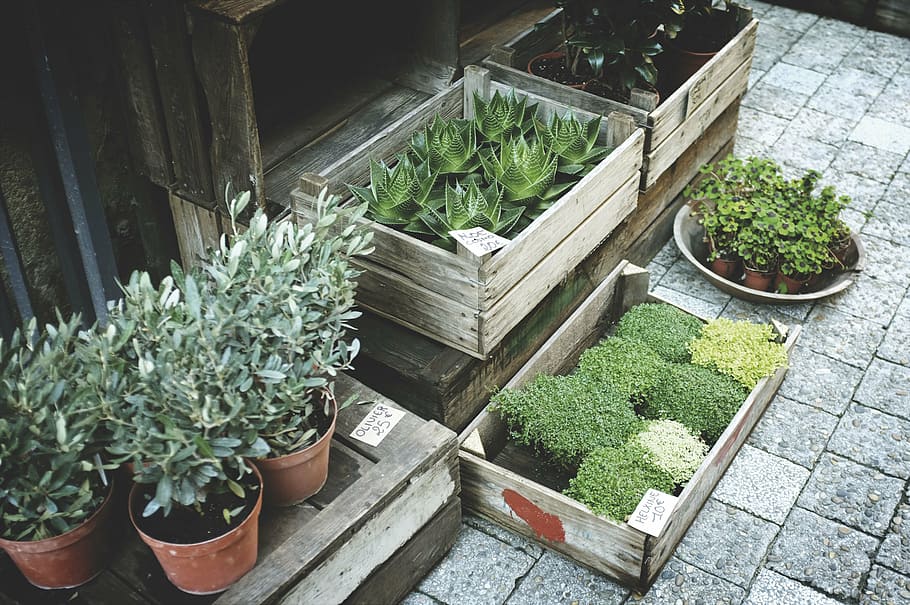
A rental property with a well-planned outdoor space is great for attracting the best types of tenants. It helps the landlord make the best impression on prospective tenants. Plus, tenants love the fact that they can spend time relaxing in the yard.
But most tenants will love the landscaping until the question of maintaining it comes up. It is at this point landlords and tenants usually disagree. A good landscape is a great addition to a rental property but landscape maintenance is a core issue that landlords must think about.
If all sides of the issue are considered before the landscape is even created, landlords can factor in the two most important aspects of rental property landscape; design and ease of maintenance. If a landlord gets it wrong on one of these, they will face big problems in the future.
Before we discuss the best ways to approach rental property landscaping, let us take a look at the different ways a landlord can approach landscape maintenance.
Landscape maintenance options for landlords

There are three ways landlords can tackle the maintenance of their rental’s landscape. They can do it themselves, hire a landscaping maintenance company, or make it the responsibility of the tenants.
- The landlord may do the landscape maintenance by himself or herself and charge tenants for the service. If this is the option an owner chooses, the landscaping maintenance fees should not be bundled with the rent. Doing that will raise the rent and make it harder to find tenants. Also, it makes sense to use this option for low-maintenance landscapes only.
- The second option is to hire a landscaping company. Landscaping maintenance is more than mowing lawns, raking dead leaves, and pulling weeds out. It also includes aerating, dethatching, and fertilizing. Landlords and tenants may not have the time or know-how to do these properly. But a landscape maintenance company will.
- The final option is to make it the tenant’s responsibility. This option can be problematic because tenants may not have the required skills or take the time to do a proper job. Additionally, if it is a multi-family unit or there are pets in the home, the problem becomes even more complicated. But if tenants hire a landscape maintenance company to do the work, it would make it easier.
Whatever path landlords choose, each party’s landscaping-maintenance responsibilities should be properly spelled-out in the tenant lease agreement.
Low-maintenance landscaping ideas for rental
1. Replace grass with hardscape

Less grass means less work. Grass needs regular cutting and where grass can grow, weeds can also grow. If there is less landscaping surface for grass to grow on, it automatically cuts down on the amount of work needed to mow the lawn or weed the yard. This can be achieved by adding hardscaping features to the yard.
Excellent hardscaping ideas that make the outdoor more appealing, increase its functionality, and make maintenance easier include patios, retaining walls, decks, paved sitting areas, and walkways.
2. Choose low-maintenance plants

Low-maintenance plants do not need a lot of attention. This could be because they do not require regular trimming, constant watering, or replanting every year. Examples of low maintenance plants include:
- Native plants: these plants are indigenous to the area and adapted to its climate and soil conditions. They are also more resilient and disease-resistant. Even without fertilizers, pesticides, and watering, they will manage to thrive.
- Drought-resistant plants: also called xeric plants. These store water in their roots, stems, or leaves and can survive for relatively long periods without rain or artificial watering.
- Perennials: unlike annuals which die-off every year and have to be planted again, perennials will come alive each year. Many perennials are also heat- or drought-resistant
- Dwarf plants: The reason for using these types of plants is to eliminate the need for pruning. Since the plants will not grow above a certain height, they are less work.
3. Use landscape fabric
The less weeding the yard needs, the easier it will be to manage the property’s landscape and the more enjoyable it will be. Landscape fabrics are a variety of materials used to prevent weed seeds buried in the soil from sprouting. They are perforated to let water and air in and reduce the amount of soil-maintenance needed in the yard.
Weed-pulling is hard work, for both tenants and landlords. Landscape barrier reduces that work. Some landscape fabrics are organic; they are eco-friendly but will need replacing more often.
4. Drip irrigation
Drip irrigation reduces water-usage and soil-nutrient leaching. This limits the cost and effort of maintaining the landscape, as well as, the amount of soil-management it requires. Drip irrigation is more efficient than sprinkler systems because it delivers the right quantity of water to exactly where it is needed. It also cuts down on the amount of water that is lost to runoff or evaporation.
5. Mulch regularly

Used in combination with landscape fabric, mulching will almost eliminate the need to weed the yard. Regular mulching improves soil moisture retention, helps regulate soil temperature, and suppresses weeds. It also reduces the need for pesticides and fertilizers.
Finally, whether a landlord implements these landscaping ideas or not is less important than how they approach maintenance. The critical thing is to think through the maintenance challenges of the rental’s landscaping and incorporate them into the lease.

